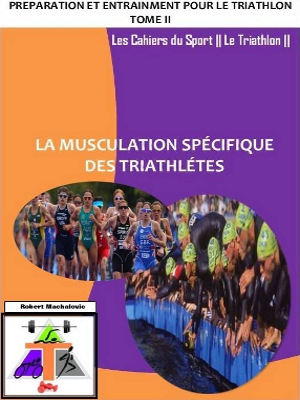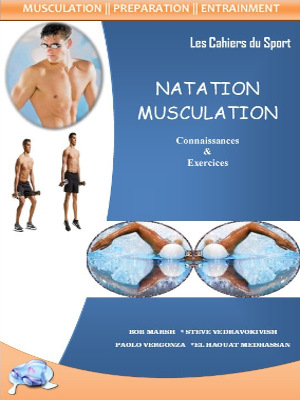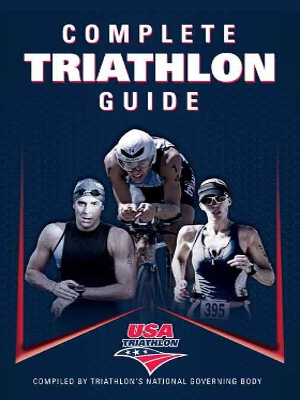Triathlon Iron
Triathlon may be the ultimate test of cardiovascular endurance, but triathletes who neglect musculoskeletal strength and flexibility will never fulfil their true potential Triathlon is an endurance sport consisting of swimming, cycling and running over various distances. In most modern triathlons, these events are placed back-to-back in immediate sequence, and a competitor's official time includes the time required to 'transition' between the individual legs of the race, including any time necessary for changing clothes and shoes. While there are various race distances the three most common are Sprint, Olympic and Ironman. Take a look at the breakdown (see table 1 below) for each stage of the event and you can see that when it comes to the Ironman competitors, these are no normal athletes!
Publié dans
Triathlon Iron
Triathlon has become the most popular multidisciplinary athletic event over the last decade, with competitions performed over a variety of distances, ranging from the triathlon 'sprint' (750m swim, 20k cycle ride, 5k run) to the gruelling Ironman, culminating in a marathon run. Unsurprisingly, therefore, a significant amount of new research is being devoted to investigating the determinants of successful triathlon performance. Most research to date has focused on the cycle-to-run transition, since significant correlations have been reported between cycling or running time and overall triathlon performance. The influence of swimming on subsequent cycling time has been relatively neglected. However, a new study from France has demonstrated that swimming in drafting position can significantly improve subsequent cycling efficiency and might therefore be expected to improve triathlon performance in general. The researchers had shown in a previous study that decreasing the metabolic load during a 750m swim by using a wet suit…
Publié dans
Triathlon Iron
S'inscrire Pour Accéder à la Totalité du Site
©
2000 - 2025
nataswim.
Conseils Sports Coaching Formation
Conseils Sports Coaching Formation




